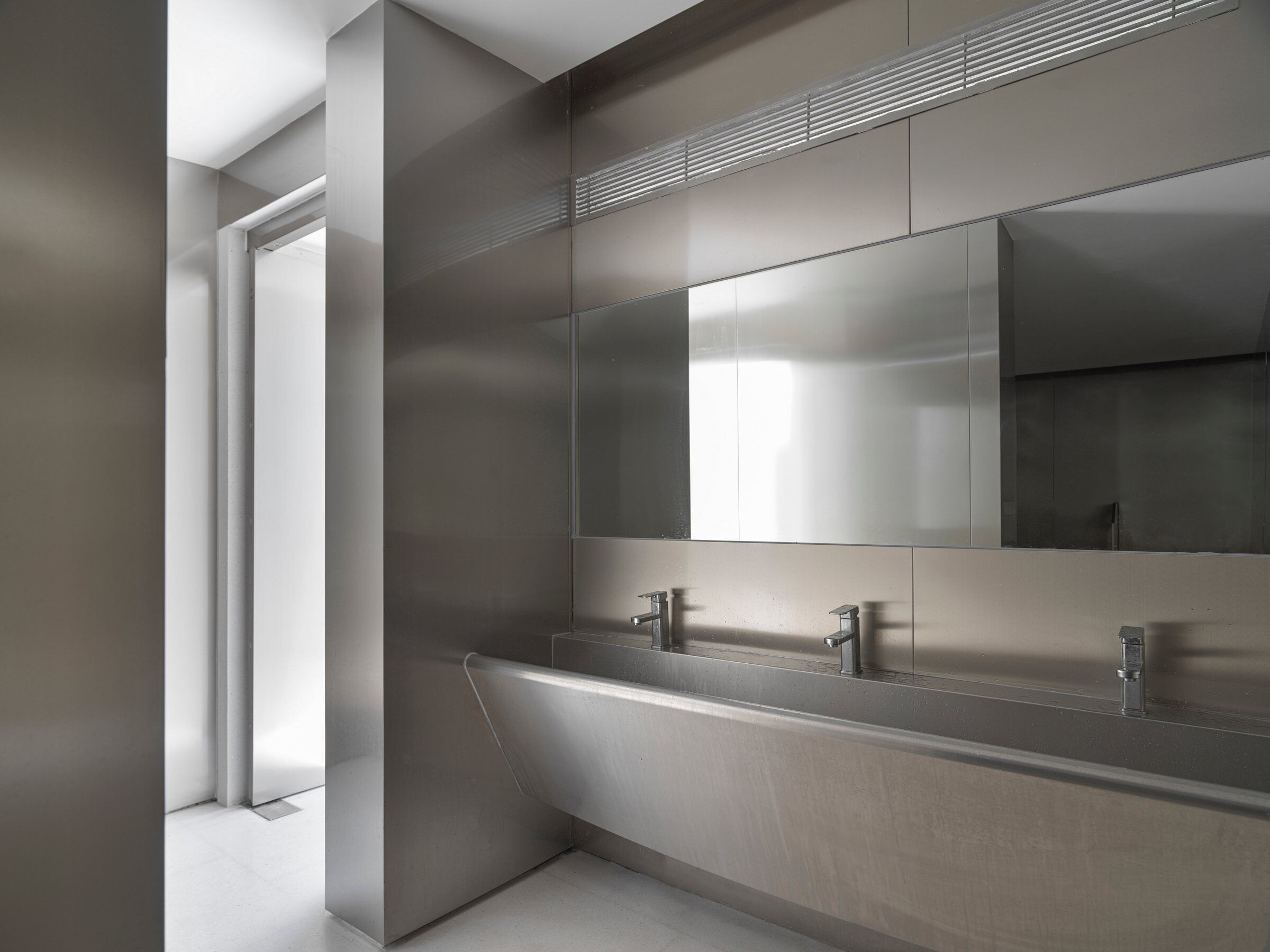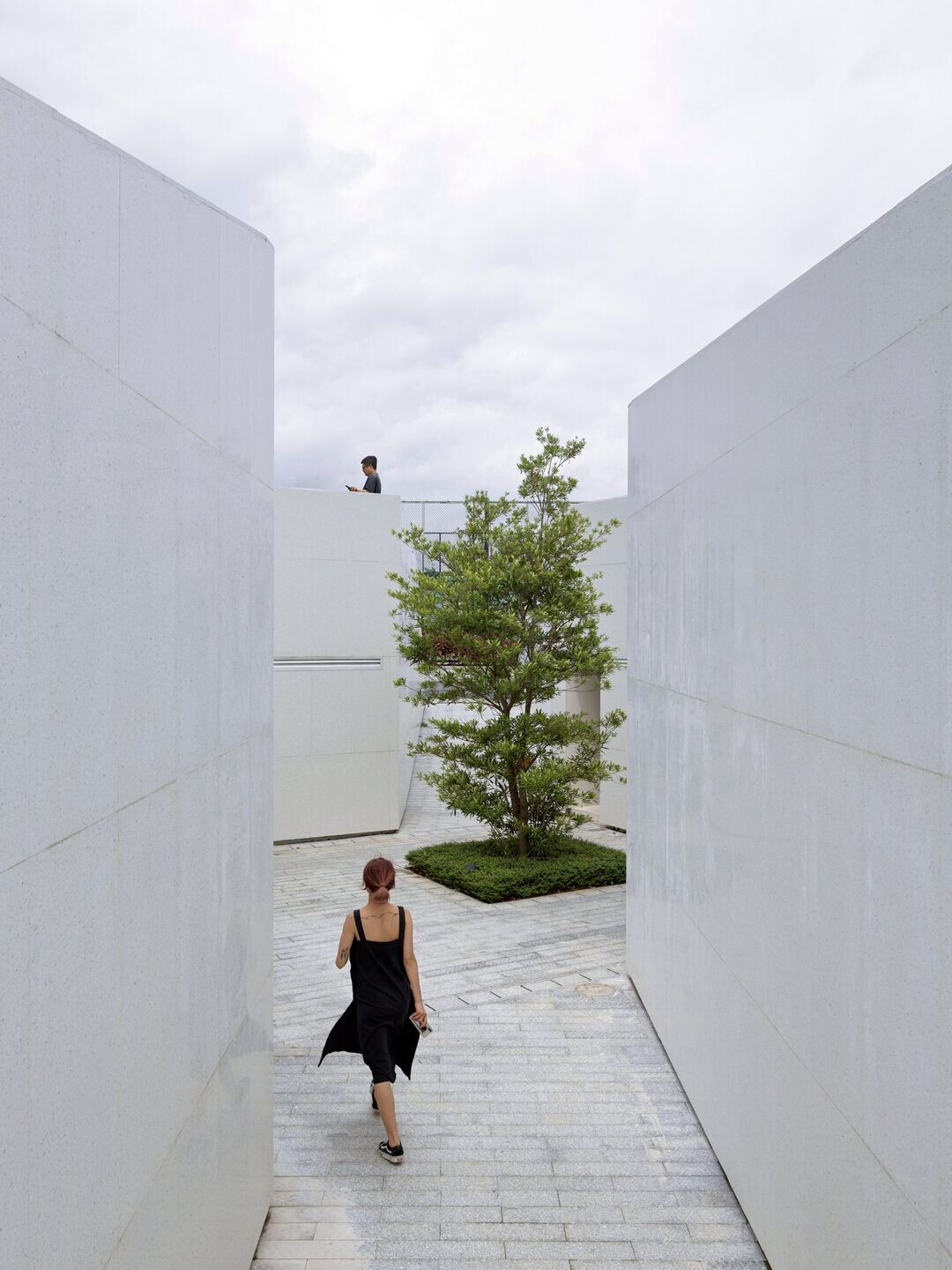Jan Gale once wrote in his book LIFE BETWEEN BUILDINGS: Enables one to move easily and confidently; get enjoyment from space, architecture and urban; be able to meet someone and have the gathering —— informal or organized. These requirements are the most basic; they simply require a better and more suitable environment for daily life. They are always valuable and irreplaceable, or a beginning."

The “hidden” appearance of a public image on the shore of Pazhou island
During the Wanli era of Ming Dynasty, Pazhou was still an island surrounded by water of the Pearl River. Today, Pazhou has transformed from a trade island into the core region of Guangzhou's artificial intelligence and digital economy experiments. It was spring when we first arrived in Pazhou. Looking around, we found ourselves at the south bank of the Pearl River with modern buildings piled up, exquisite boxes towering into the clouds. And the waterfront landscape has been there already.
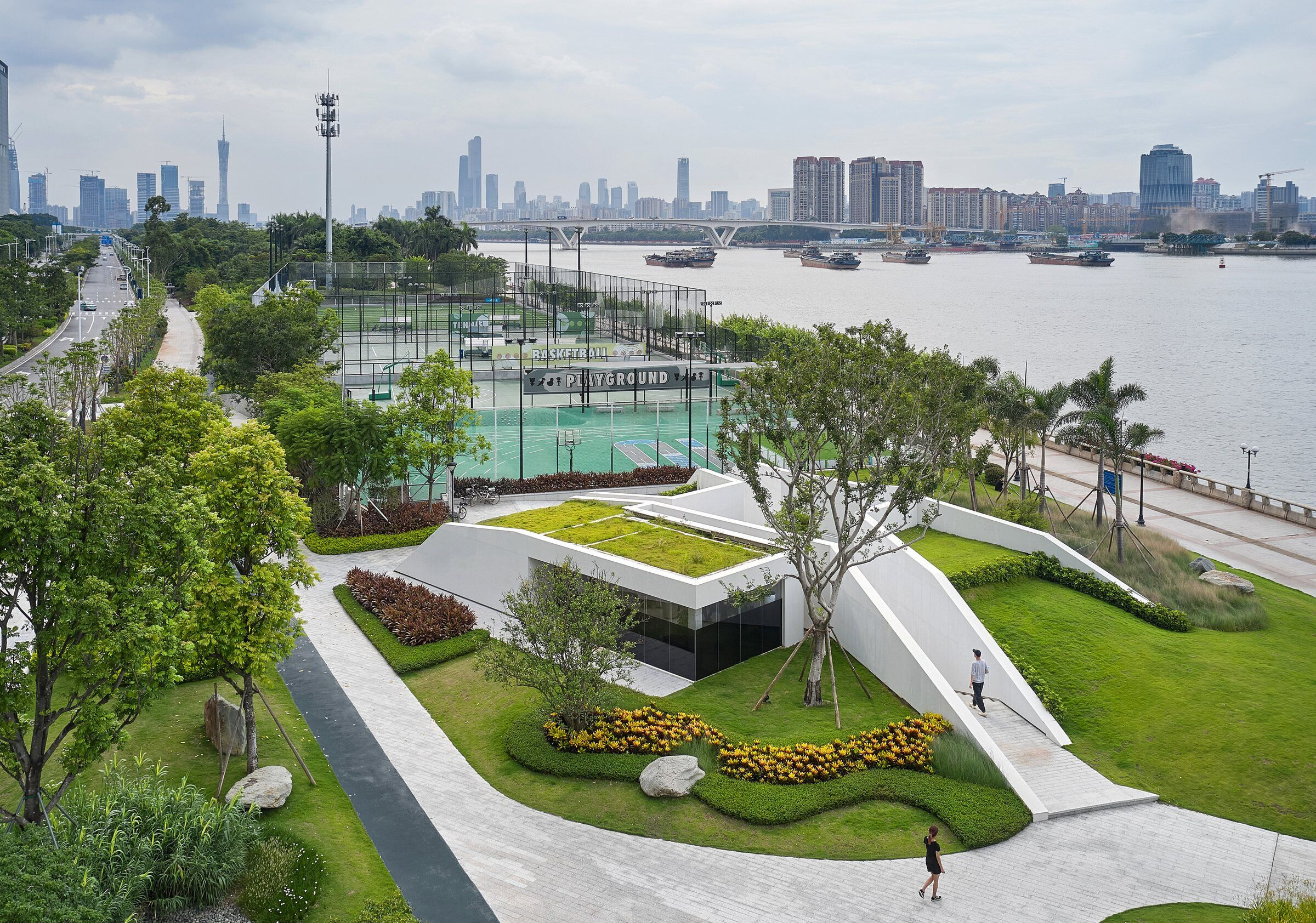
Here locates our project, a public service center of the sports park by the Pearl River, with the function of reception, resting rooms, public toilets etc. The sports park faces the Pearl River and backs to dense urban complex like the Poly Building, and InterContinental Hotel. Looking down from above, the park is born with water and full of green. Therefore, the first purport of our design is to create a “hidden” public service space that "grows" from the earth and fit in the surrounding landscape.
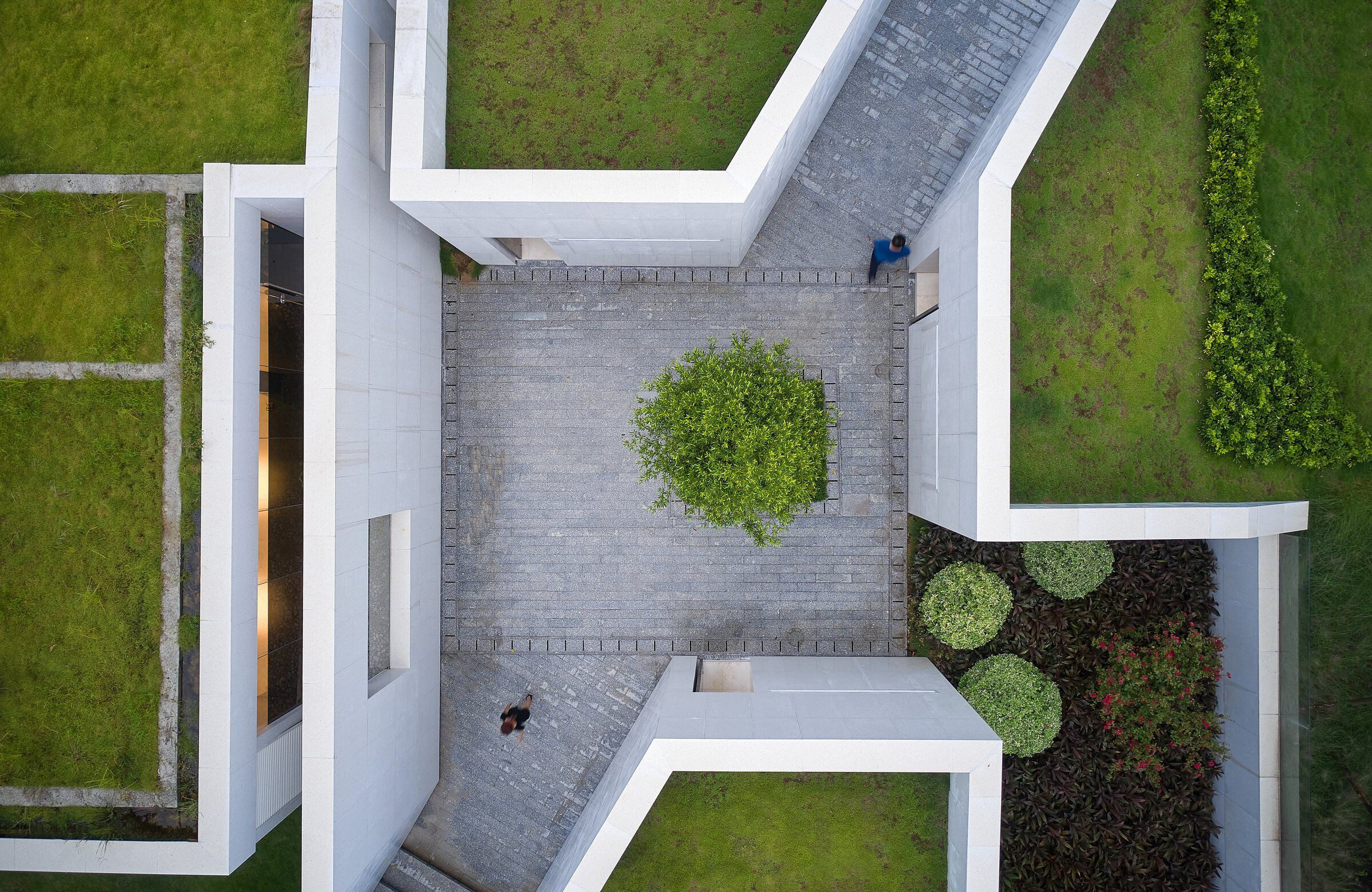
Starting with the existing landscape movement line, our design intents to meet two types of crowd activity: around and through the architecture. Therefore, we "piled up" a naturally raised green space on top of the original landscape, then "cut" it through with paths shaped like a cross.
Next, we set four spaces of reception, resting room, public toilets and equipment room on both sides of the "cross path" to enclose a transitional pocket courtyard in the middle. With the earth-covered construction, the architecture blends itself into the nature and becomes part of the original landscape of the sports park in a simple manner.
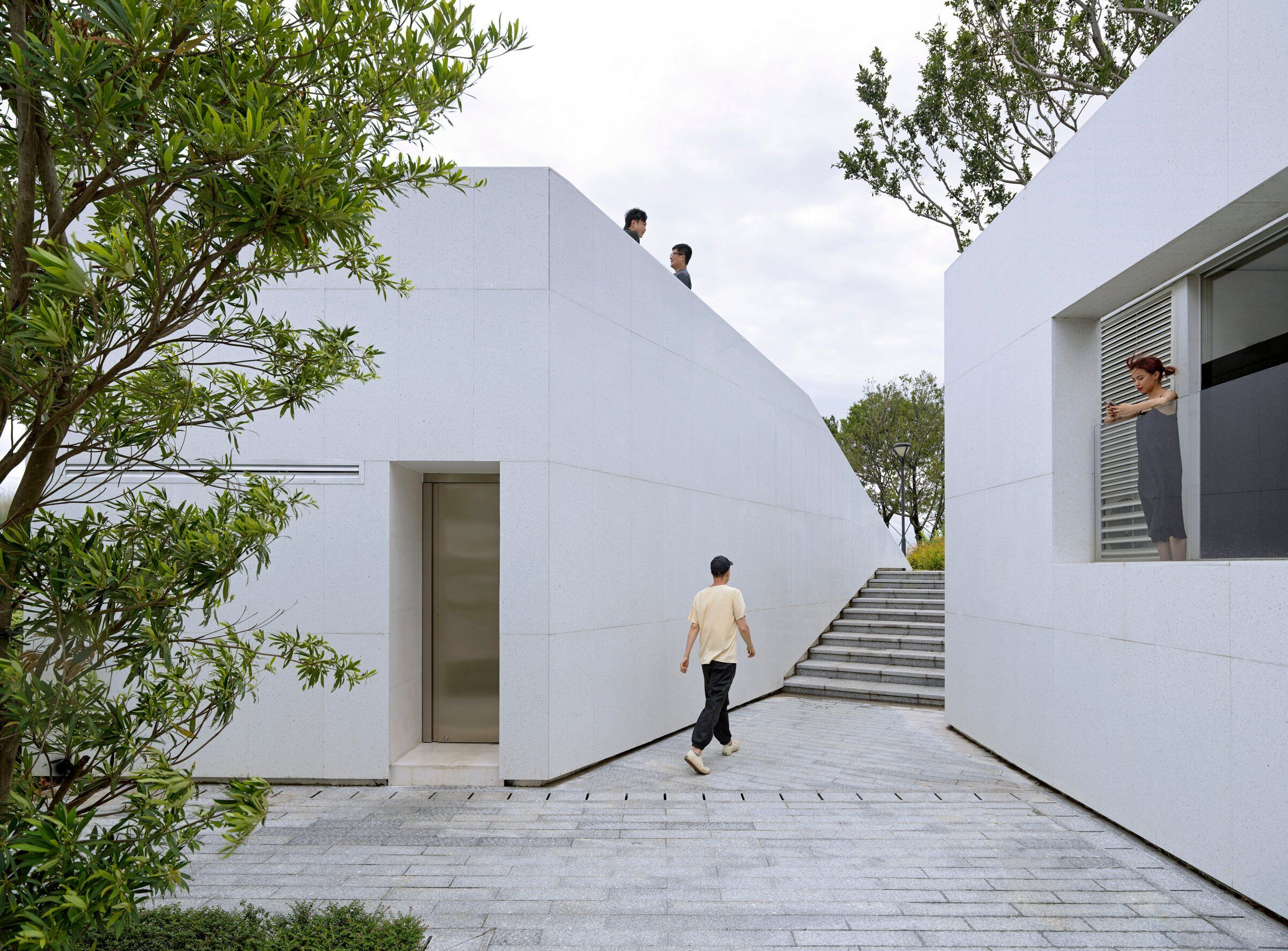
Meanwhile, as a public service facility, parts like the entrance need to be recognized. So we build up part of the space higher to create a three-dimensional "cross" path. Sky light spreads over the fifth facade, people walk through in twos and threes, and the open paths connect with the original trails. The roof is rolling while the space hidden by grass and shrubs. It’s sedate but accessible.
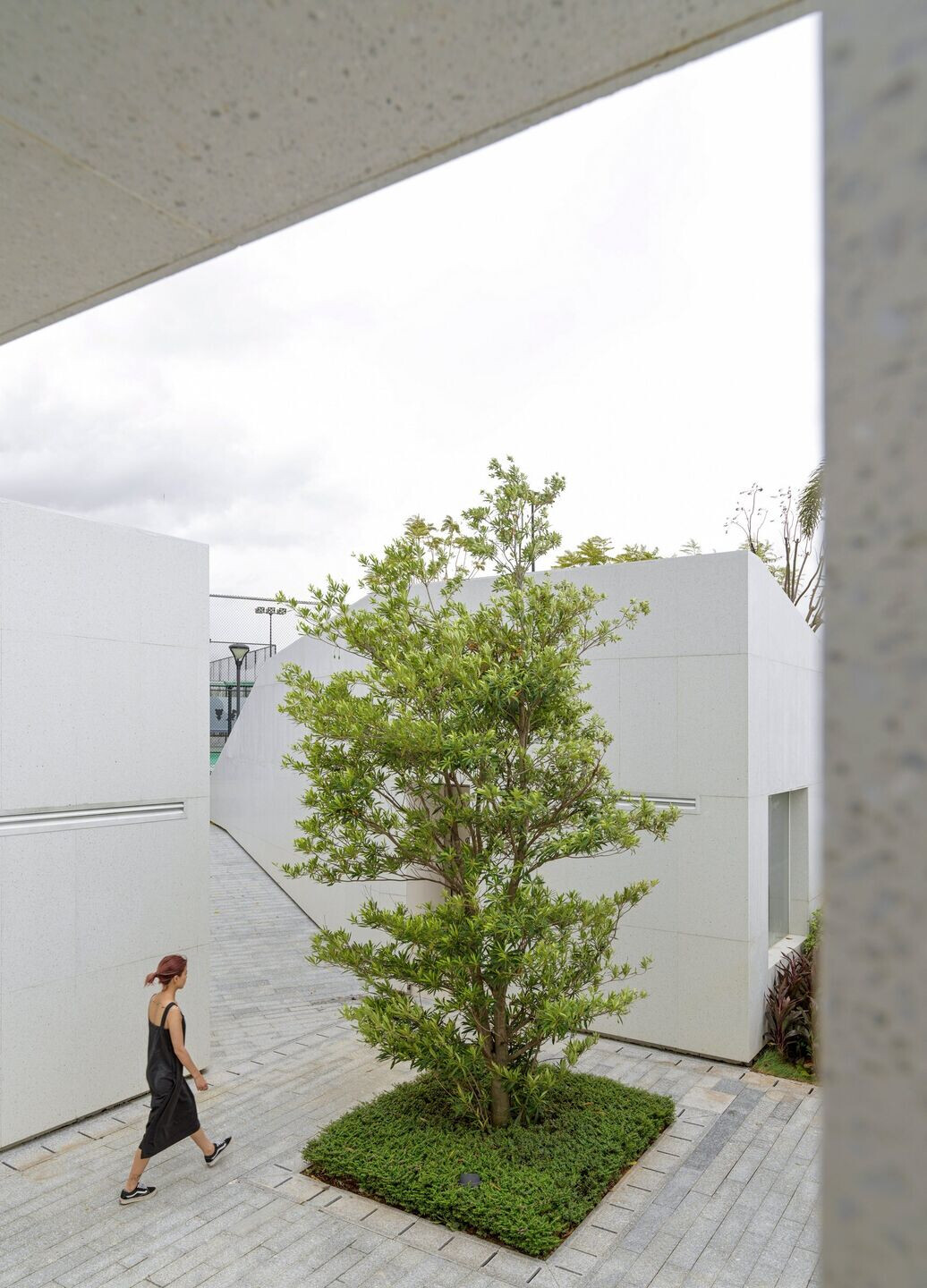
Space atmospherefrom"noisy" to "quiet"
Have you ever had to use a public toilet? Traditional public toilets have long been opposed and rejected because of single function and negative image. The second purport of our design is to eliminate the deep-rooted negative perception of the public toilets.

In 1953, French architect Jean Prouve designed the Petrol Station. In which, in addition to necessity, public facilities were endowed with spontaneity and social activities through the design of space and seats. In our project, we hope those public facilities become part of people’s daily activities. The built-in functions of reception, rest, changing clothes and toilet, respond to the needs of users from a more daily perspective, so they realize that public toilets are not just bricked rooms.
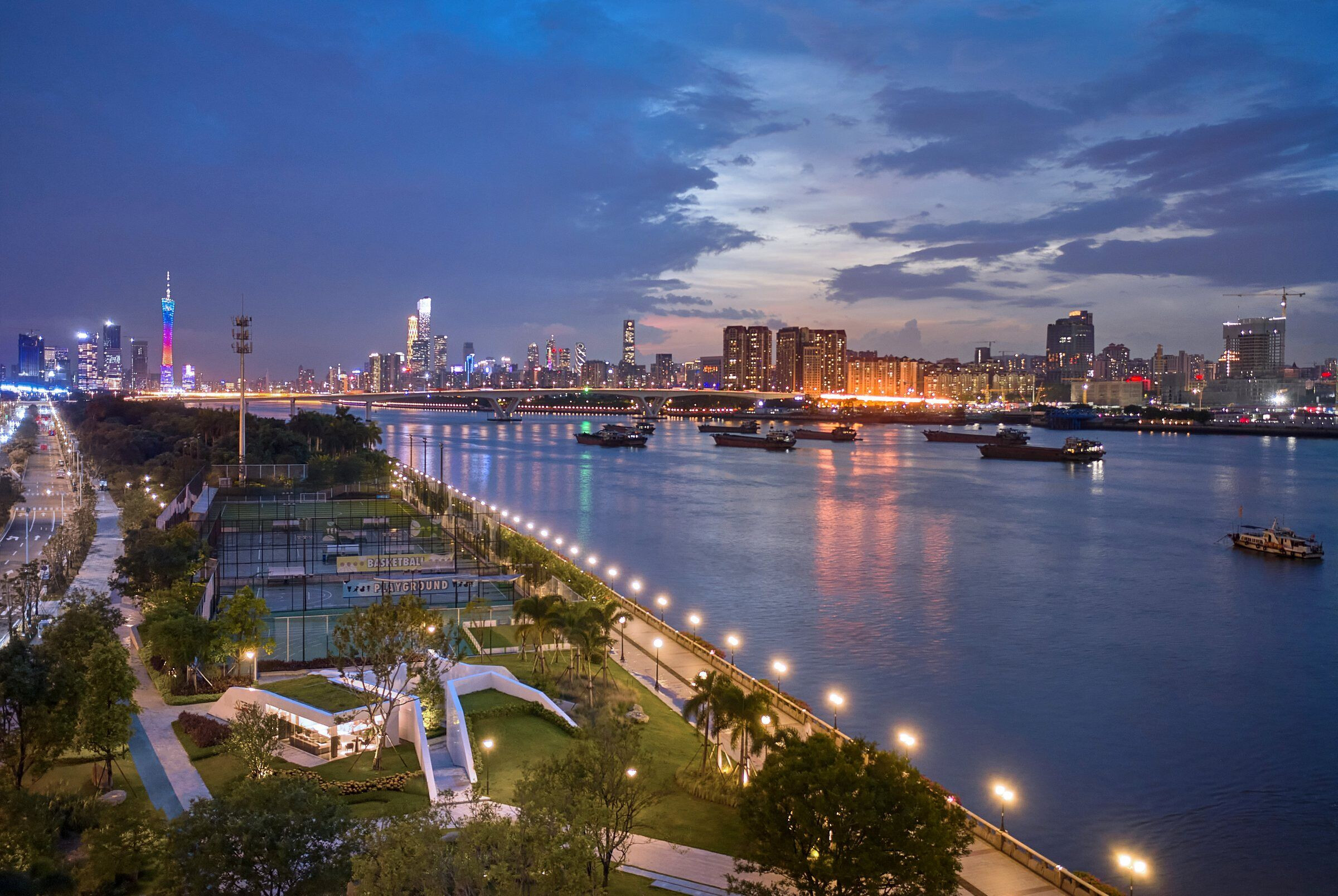
The rampart is partly hidden and rolling slightly if watched from a distance. . Stepping into the inner courtyard, the white terrazzo of exterior walls creates a natural rough facade effect with dense stitching process. And the artificial white color emphasizes the "space cutting" that architects did purposely.
Compared with the exterior, we chose plain concrete and brushed stainless steel as the main materials to intervene in the interior. To create "precipitation" and "quiet"atmosphere, we use exposed ceiling and column, as well as furniture and sanitary ware etc., to separate and contrast the inside space with the outside, and achieve a moisture-proof effect at the same time. When people walk in from the noisy and hot outdoors, it creates a visual cooling effect.
When night falls, the indoor lights pour out from the hole in the white wall, and people's sight would move between natural and artificial scenery.

Reflection of design and the potential we see
As an earth-covered architecture in a waterfront landscape, we would like our project to be the extension of the existing landscape in a proper way. However, due to the uncontrollability of the later landscaping, the earth-covered building methods were impeded by the massive planting. In terms of the facade, our scheduled one-piece terrazzo material had to change to terrazzo prefabricated panels due to the timeline and budget, thus the complete and concise effect of the facade was compromised.

As the project constructed and buildings piled up, "The Earth" has been "growing" with the environment. While the city renews itself day and night, we are able to witness the process of Pazhou getting better. As a public service space in the waterfront park, "The Earth" seems to have the possibility of "reproduction" on a logical level. Someday, it may "grow" in other parks by other banks with the appearance adopted accordingly.
Team:
Architects: Xiao Lei, Shigeno Yuji,Yang Yuqiong, WangHan, Cao Yi, Eleonora Nucci
Collabrations: AND Office
Owner: Guangzhou Poly
